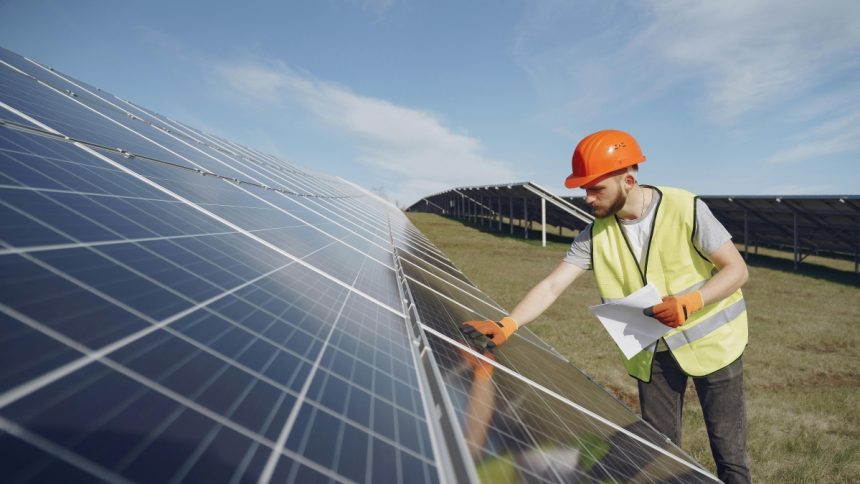With a market size of $554.9 million in 2024, solar generators are becoming increasingly popular as an alternative power source for homes, businesses, and outdoor activities. They use the sunlight to generate electricity, providing a clean, sustainable energy source. Since solar generators are light and portable, they can be used by campers and people living in RVs and even to charge electronic devices like phones and laptops.
The four elements of a solar generator are solar panels, an inverter, a battery bank, and a charge controller. All components play a critical role in energy conversion and storage. Here is an explanation of how they work to generate electricity and everything you need to know about the components to find a solar generator that suits your needs;
1. Role of Solar Panels
Solar panels, the most visible component of a solar generator, use photovoltaic (PV) cells to convert light energy into electricity. PV cells are made up of semiconductors that absorb light energy and transfer it to negatively charged particles in an atom called electrons. As a result, the electrons are dislodged from their position and start flowing, generating electric current.
Solar panel efficacy depends upon external factors such as location and weather, but it also depends on the type of cells used. Different materials available include monocrystalline, which is the most efficient; polycrystalline, which is cost-effective; and thin-film, which has low efficiency but is portable and flexible.
2. Charge Controller
After solar panels convert light into electricity, a charge controller regulates it before it can flow into the battery bank. It prevents the battery from overcharging by preventing excess power from being sent to the battery bank.
Another essential function of the charge controller is preventing current backflow to the solar panel. As electricity flows from high to low concentration, when the solar panels are not producing electricity at night, the charge controller prevents current from flowing backward with the help of a diode. This device only allows a unidirectional current flow, protecting the solar panel from potential damage.
3. Battery Bank
Excess electricity generated during the daytime is directed towards a collection of batteries in the generator called a battery bank that stores the electricity for when there is no sunlight. The battery bank’s capacity is crucial as it determines how much energy can be stored.
The energy stored in battery banks can be used without sunlight, reducing the need for grid electricity (the main power grid responsible for electricity transmission). This can be very useful in power outages as you can operate independently from the main grid and significantly reduce electricity bills. In addition, reducing reliance on grid power helps work towards a sustainable future by using clean energy and reducing your carbon footprint.
4. Inverter
The current generated by solar panels is direct current (DC), which has a unidirectional flow, while the one used in most household appliances is alternating current (AC), in which the flow of current switches back and forth at a regular interval. The inverter in solar generators works by converting the current stored in battery banks from DC into AC whenever required.
Endnote
While solar generators are costly, they serve as a long-term investment by reducing electricity costs and serving as backup power in case of outages. Understanding your needs and evaluating the solar generator based on its components is essential before purchasing.
Lynn Martelli is an editor at Readability. She received her MFA in Creative Writing from Antioch University and has worked as an editor for over 10 years. Lynn has edited a wide variety of books, including fiction, non-fiction, memoirs, and more. In her free time, Lynn enjoys reading, writing, and spending time with her family and friends.















